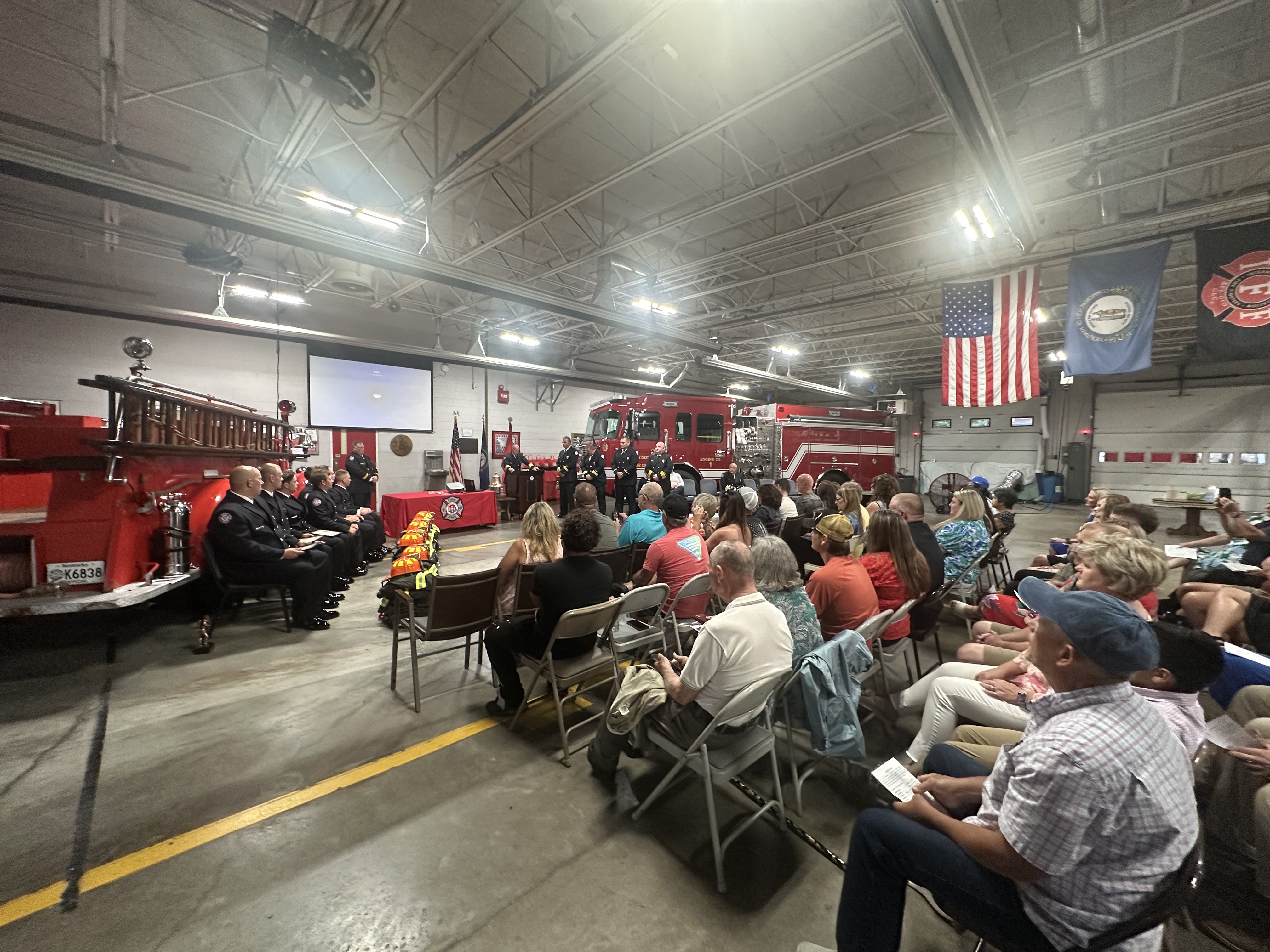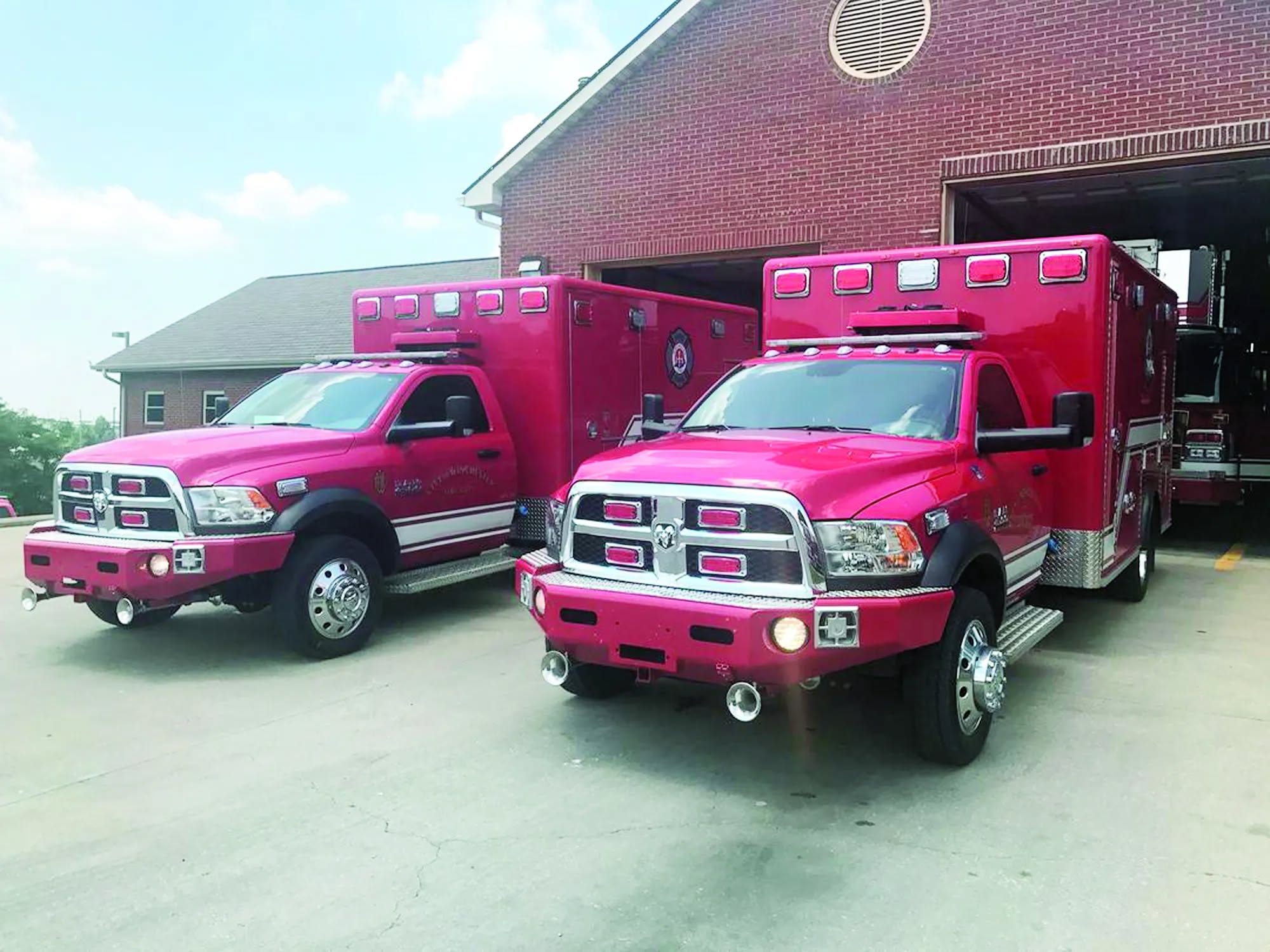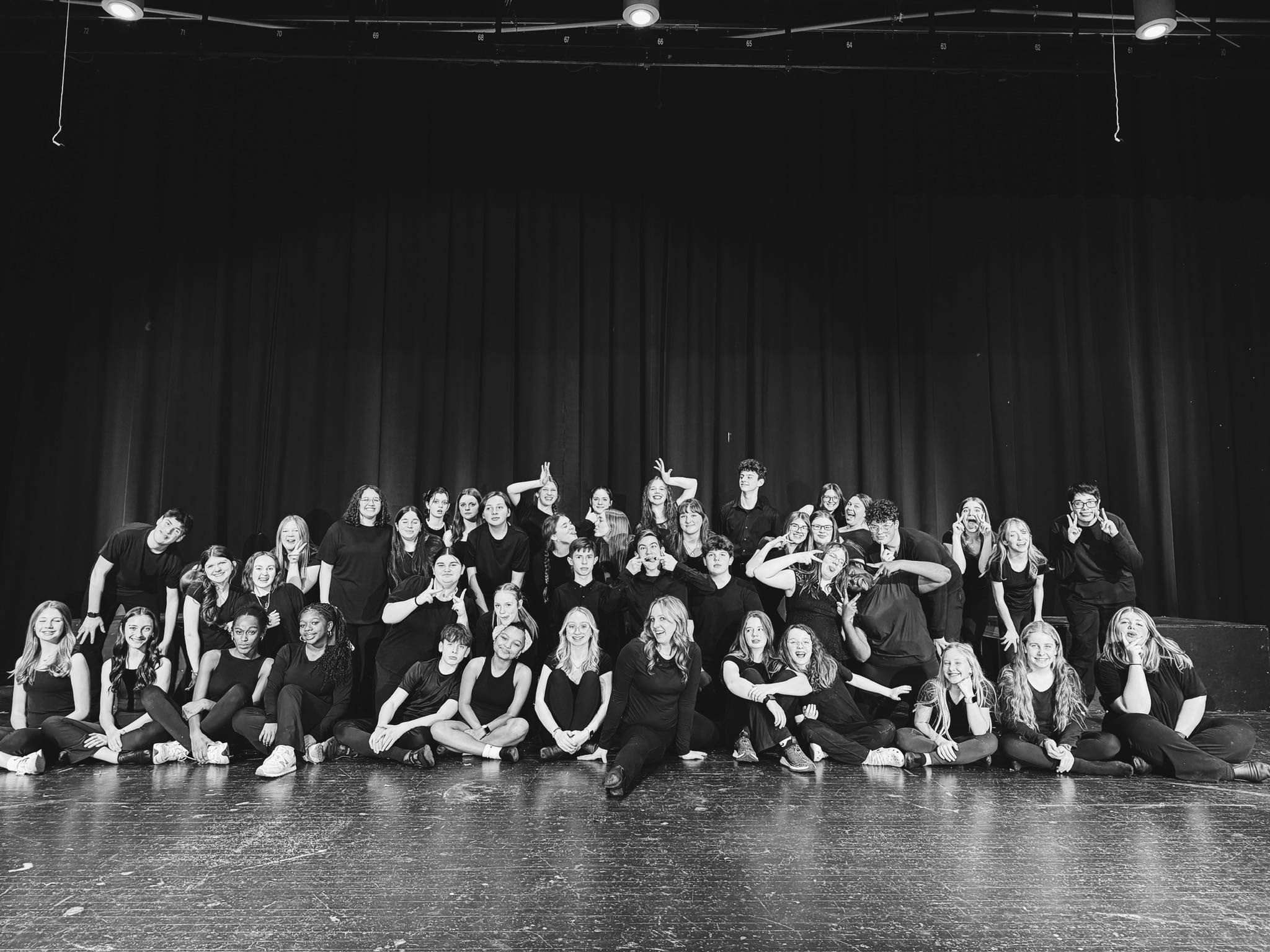Enoch: Early Winchester auto dealers
Published 3:15 pm Monday, February 5, 2024

- Harry Enoch
|
Getting your Trinity Audio player ready...
|
By Harry Enoch
Contributing Writer
Editor’s Note: This feature previously ran in a poorly edited form in last Saturday’s print edition of the Sun. The editorial staff apologizes for this error and will work hard to ensure it does not happen again.
Trending
While researching the history of the Harrod-Early Chevrolet dealership, I got sidetracked trying to piece together Winchester’s early auto industry. I was seduced by the Winchester Sun online. Back issues of the paper were recently added to newspapers.com and are word searchable, a feature that can send one off chasing rabbits all day. We’ll get back around to Harrod-Early another time.
There is an enduring local legend about who owned the first car in Winchester. Descendants of Thomas M. Walden passed down a story about him building his own custom-made flivver in the late 1890s. Walden, the night miller at the Kerr flour mill and inveterate tinkerer, supposedly built everything for his “horseless carriage” except the gears. Walden’s feat was accomplished around the same time the Duryea brothers are credited with assembling the first gasoline-powered vehicles in the United States.
It took a while for the automobile to catch on in Winchester. The 1908 City Directory lists three dealers of Buggies and Carriages and five Livery Stables but no one selling cars yet.
The first one into the business was Venard Owen who opened an auto garage in the building that had housed Matt Bean’s carriage shop, next door to the Engine House on Lexington Avenue. In February 1909 Owen advertised that he was the exclusive dealer of the White Steamer, an automobile with an interesting history. Produced by the White Motor Company (an offshoot of the White Sewing Machine Company), their steam car enjoyed a brief popularity, outselling the more famous “Stanley Steamer.” A gasoline-fueled boiler that produced the vehicle’s superheated steam was located under the driver’s seat. Sounds scary but presumably it was reliable and worked well.
Owen soon moved to Lexington and no more could be found about his garage. Upon his return to town in 1920, he was heralded as the man “who initiated the garage business in Winchester.”
In 1912 A. C. Barrow and T. Stanley Clay of Indian Fields concluded a deal with the Ford Motor Company of Detroit that made Barrow & Clay the exclusive agent for Ford cars in Clark County. A branch of their company operated in Winchester: The Motor Inn, William F. Glass proprietor, located at the Speedway corner of Lexington Avenue and Maple Street. The advertised price for a new Model T was $590 (about $19,000 today). In addition to selling Fords, Glass served as agent for Oldsmobile and Oakland cars, and the business also rented, stored and repaired automobiles and sold auto accessories.
Trending
Henry Ford began selling his Model T in 1908, and it took the country by storm. His assembly-line product with interchangeable parts became the most affordable car on the market. In 1913 Ford began manufacturing Model Ts on South Third Street in Louisville. Within a few years, more than half the cars on the road were Fords.
In the early days of the automobile, people were looking for places to explore in their new cars—they called it “touring.” In 1913 an auto club in Grand Junction, Colorado, laid out the first transcontinental auto trail in America. Using existing highways, they marked a route from Washington D.C. to Los Angeles called the “Midland Trail.” In Kentucky, the route went from Louisville to Ashland, passing through Winchester along the way.
After William Glass died of tuberculosis in 1913, the business became the People’s Motor Car Company at the same location. The proprietors, James Fishback and Virgil Hieatt, sold Ford, Dodge, Hudson and Overland cars as well as the then-famous “Nobby Tread” tires, guaranteed for 5,000 miles.
Dealers back then did not have lots filled with new cars like today. They had on hand only a few models to show off. Purchasers had to place an order for their vehicle, which was then delivered from the manufacturer.
New car sales were rare enough events to merit a mention in the newspaper. For example, a 1916 Sun article stated that the People’s Motor Car Company sold a Hudson Super-Six touring car to T. J. Williams and a Chevrolet touring car to L. R. Bruner.
Fishback and Hieatt ran People’s until 1917, when they were succeeded by William E. Dean. Dean advertised heavily for a high-end car called the Chalmers made in Detroit. Its 7‑passenger Town Car sold for $2,550 ($61,000 today). One ad claimed the Chalmers averaged a “startlingly economical figure of 14 miles to the gallon of gas” while being driven for 24 hours in Chicago’s downtown traffic. After a later merger, Chalmers was renamed Chrysler.
In 1919 the dealership at the corner of Maple Street was incorporated as the Lexington Avenue Garage by J. C. and Ada Williams and M. T. Back. Alexander H. Cundiff bought out the interest of the Williamses later that year. The garage specialized in Chandler and Cleveland cars built in Cleveland and the Liberty Six and Chevrolet cars built in Detroit. The following year, Cundiff became the sole owner of the Lexington Avenue Garage and added Reo cars to his line.
In March 1933 Cundiff’s garage was lost to a fire, but he managed to reopen the business a month later. The Lexington Avenue Garage finally closed with the death of Cundiff in 1941.
By 1940 Winchester boasted 8 new car dealers: Harrod-Early Chevrolet, Bush Brothers (Dodge, Plymouth), Hodgkin-Hamilton (Ford, Lincoln-Zephyr, Mercury), Hedrick-Fox Motor Company, Fox Pontiac, Mack’s Auto Shop (Studebaker), Tom Swope Motor Company, and Snapp Brothers and Mastin Garage (Willys).
Today Winchester can count only one new car dealer—Rod Hatfield on Lexington Avenue—but we have nearly two dozen used car lots at any given time.





